Rating: 8.1/10. Political philosophy asks questions about the purpose of government and how power should be distributed in a society. To better understand the role of a state, the first chapter considers what would happen in a “state of nature” where there is no government. Hobbes thought without laws, everyone would be at war constantly….
Category: Textbooks
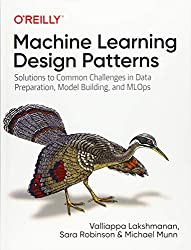
Machine Learning Design Patterns by Lakshmanan, Robinson, and Munn
Rating: 7.9/10. Book about design patterns specific to machine learning training and productionization. Design patterns are useful since they’re tried-and-tested solutions to reoccurring problems. Even though I’ve used ML in my work for several years, some of these patterns are still new to me. The book is aimed at ML practitioners in the industry and…

Metaethics: An Introduction by Andrew Fisher
Rating: 7.6/10. Summary Metaethics is a second-order philosophy: whereas normative ethics is the study of principles of what’s right and what’s wrong, metaethics studies what we’re doing when we talk about ethics. Are moral facts real, expressing a belief, or expressing an emotion? How do we know if a moral fact is true? The book…

Digital Marketing Strategy by Simon Kingsnorth
Rating: 6.6/10. Book about various topics related to digital marketing, which is marketing any kind of business using digital resources, like ads, email, social media, etc. Topics include how to do SEO, content marketing, social media, personalization, customer retention, company branding, and an assortment of other things. This book is not very well-written, even though…
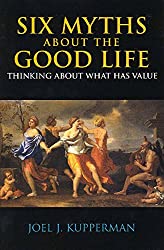
Six Myths About the Good Life by Joel J. Kupperman
Rating: 7.9/10. Summary Fairly short book by a philosophy professor asking “what makes a life good?” This is a fundamental question for ethics because any ethical theory must assume some kind of utility function (what is good for an individual) before it can consider what’s best for society as a whole. This book examines a…
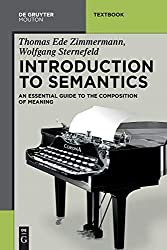
Introduction to Semantics by Zimmermann and Sternefeld
Rating: 8.5/10. This is an introductory textbook on compositional semantics, which uses higher order logic to represent meaning of words when combined together. This is different from lexical semantics, which is concerned with the meaning of individual words. Below are my notes. Ch1: Lexical Meaning Semantics deals with literal meaning, which excludes hidden / metaphorical…

Exploring the German Language by Sally Johnson and Natalie Braber
Rating: 6.4/10. Not quite what I was expecting — I was looking for a linguistic overview of the German language, but this book is more like an intro linguistics textbook that uses examples from German. About 70% of the material is general linguistics knowledge (eg: explaining what’s a phoneme or morpheme or word class), only…
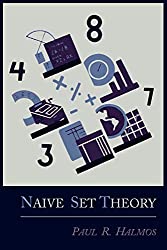
Naive Set Theory by Paul Halmos
Rating: 8.8/10. Brief book that introduces you to Zermelo-Fraenkel set theory. Anyone that has studied combinatorics / algebra / analysis is probably familiar with “naive set theory”, eg: union, intersection, complement, etc. But despite the book’s name, it introduces you to axiomatic set theory. The problem with naive (non-axiomatic) set theory is it allows you…
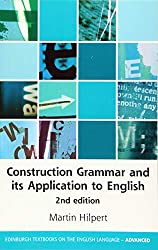
Construction Grammar and its Application to English by Martin Hilpert
Rating: 7.8/10. Ch1: Introducing Construction Grammar Traditionally, linguistic knowledge is thought of as having a lexicon and grammar component (the dictionary-and-grammar model), but construction grammar proposes that all linguistic knowledge is different constructions. The change is motivated by idiomatic expressions that are a sort of “appendix” in dictionaries. Yet we can’t represent idioms as fixed…
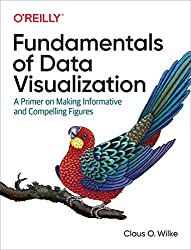
Fundamentals of Data Visualization by Claus O. Wilke
Rating: 8.0/10. Part 1: From Data to Visualization All figures should be reproducible from data and code, should not have to make manual adjustments in Illustrator, or you will be dissuaded from updating them, or you may forget how they’re generated. Figures may be “ugly” (aesthetically unpleasing), “bad” (unclear and confusing), or “wrong” (objectively incorrect)….
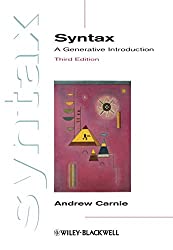
Syntax: A Generative Introduction by Andrew Carnie
Rating: 8.4/10. Ch1: Generative Grammar Generative syntax was first developed by Noam Chomsky, to try to capture what we know intuitively about syntax. Use scientific method to gather data, form hypotheses of rules, and check if they agree with native speaker judgements. Source of data can’t be solely from corpora, since these only have correct…
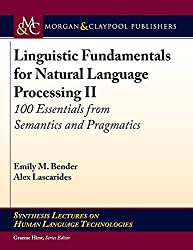
Linguistic Fundamentals for NLP II by Bender and Lascarides
Rating: 7.7/10. Overall an okay but not superb book. The parts about pragmatics were the least familiar to me, but the writing was poor as a lot of advanced concepts were introduced too quickly for me. Ch2: What is Meaning? One way to represent meaning is by assigning logical forms to sentences. Modal logic adds…
